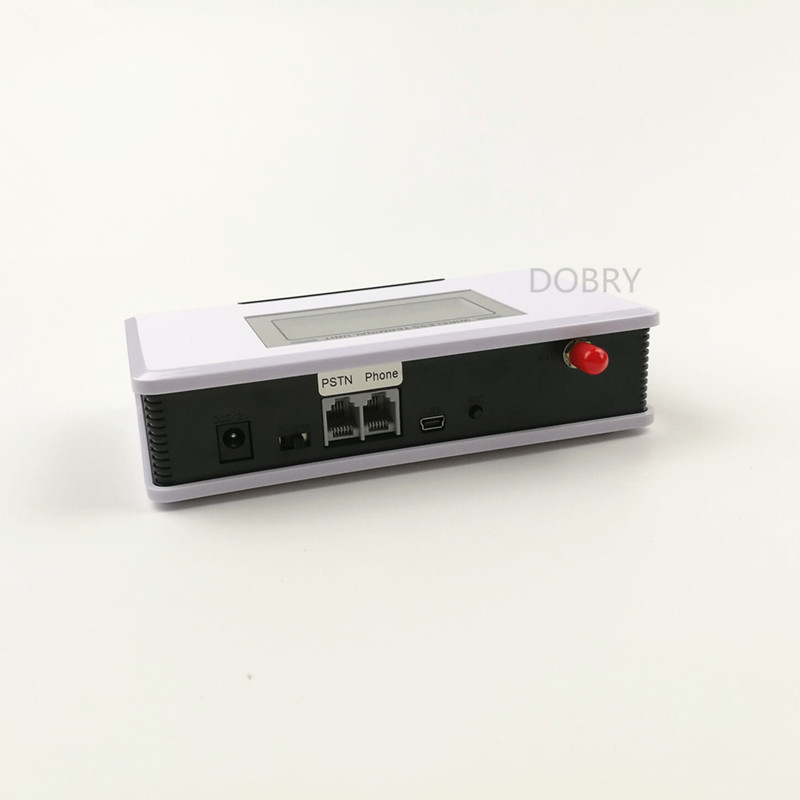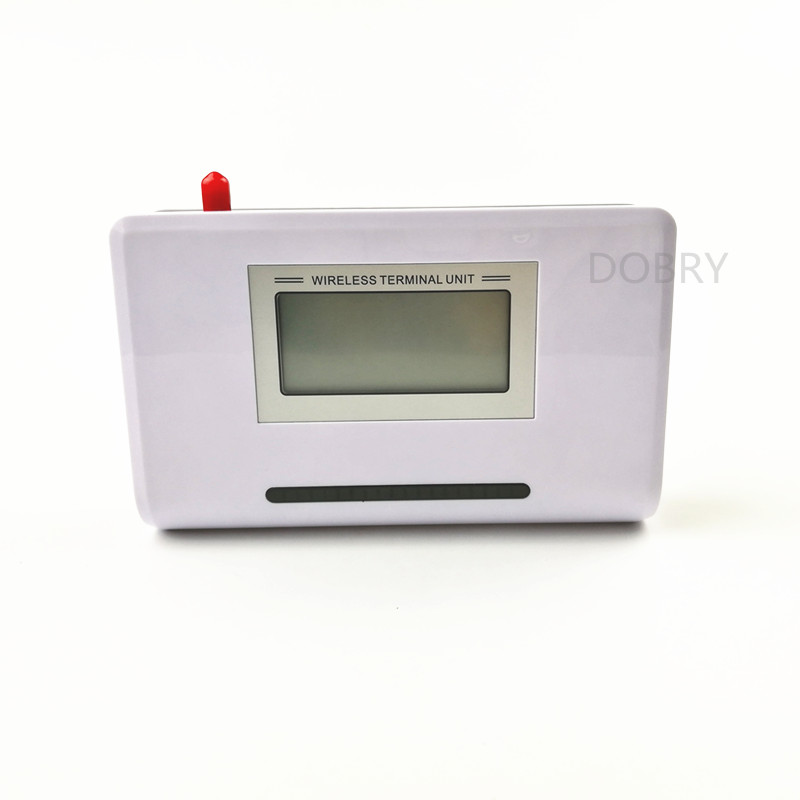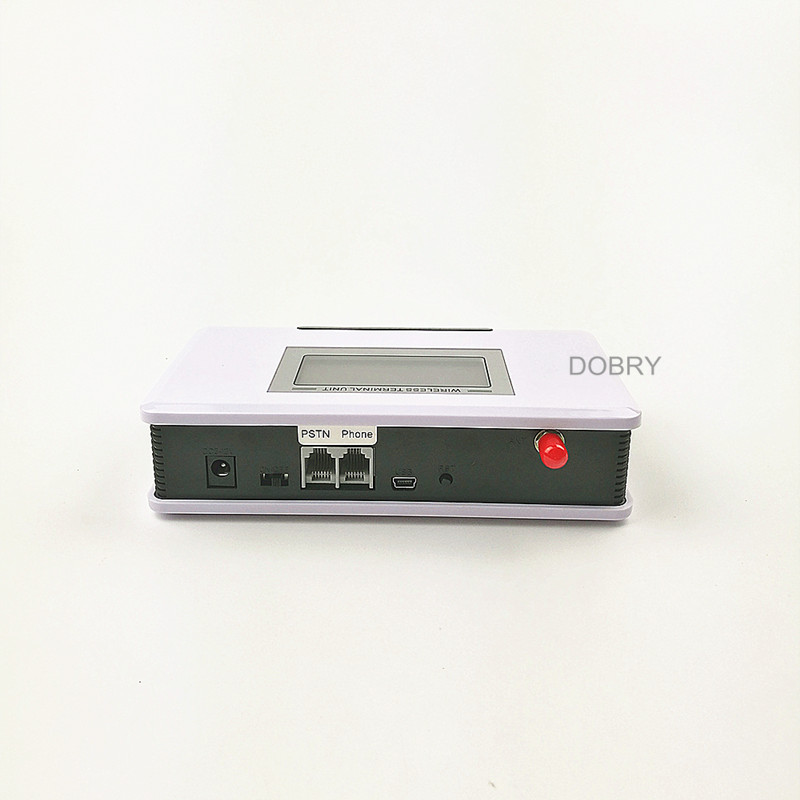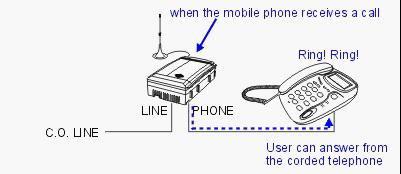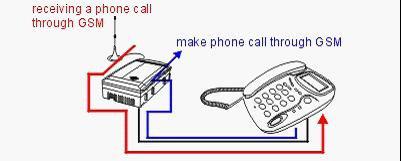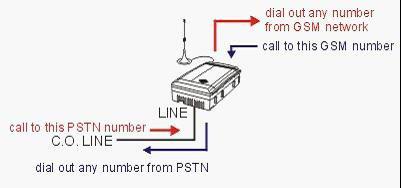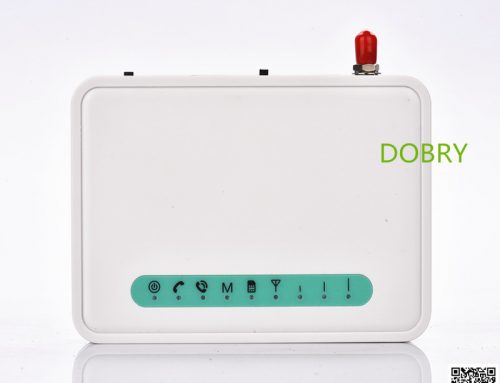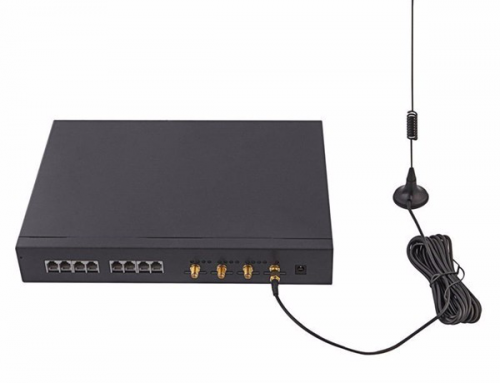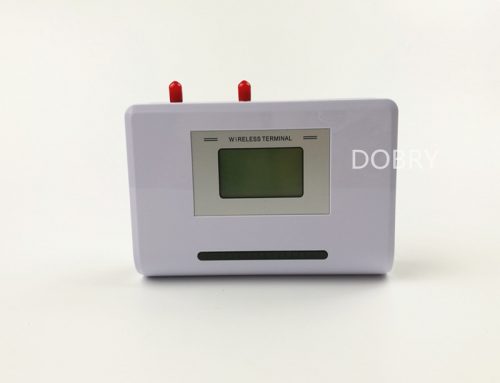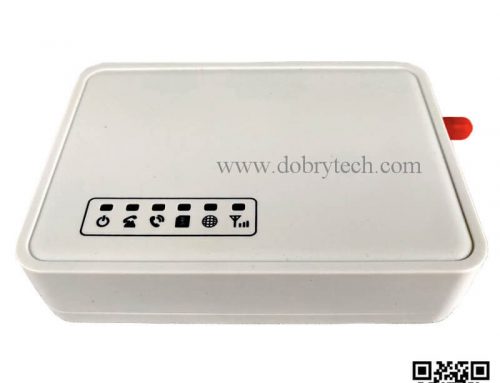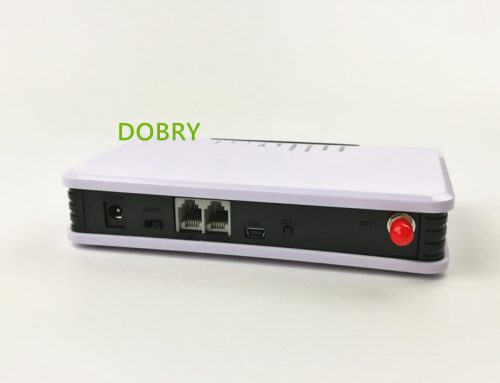Project Description
Follow me 3G GSM PSTN gateway terminal
Follow me 3G GSM PSTN gateway terminal with LCR has the function of choosing the route Automatically. When users dial out from the device,it will check the prefix number.Users just need to preset it in the unit,then it will call out through GSM/PSTN according to the presetting rules. Also,both GSM and PSTN support call-in.
Model: P190b
Follow me 3G GSM PSTN gateway terminal
When user is in calls through GSM line, if another call arrives at PSTN, the caller will hear busy tone, and vice versa. If PSTN line is off, it will dial out from GSM SIM card without distinguishing at high cost. If the SIM card is off or no signal, call will dial out from PSTN line.
PSTN land line hot-line function. Once PSTN Fixed telephone gets incoming call, GSM would call an assigned number automatically immediately. It offers the manual service in both GSM and PSTN, for automated telemarketing machine.
Features:
1)Strong signal with high gain antenna. clear voice.
2)caller ID display
3)IMEI changeable(optional)
4)Backup lithium-ion battery(optional)
5)SIM Card supported(1.8V,3V)
6)Supports DTMF 2’nd dialing out
7)Locking PIN / network (optional)
8)Hides subscriber ID (been sent out)
9)Connects Alarm systems for security use.
10)Provides reversal polarity signal for metering.
11)Compatible to most telephones, PBX and VoIP gateways.
12)Provides optimized circuit connecting the exchange device for Extension.
13) Simple to install and easy to maintain
14)Steady module and reliable design ensures good performance
15)Provides optimized circuit directly connecting the exchange device for extensions.
16) Suitable for wide voltage range and low power consumption.
17) Suitable for all kinds of weather and environment.
18) RJ-11 ports (1 FXO for PSTN line and 1 FXS port)
19)Auto-select economic route(Low-cost routing LCR function)
20)When GSM is unavailable,calls will be forced to dial out from PSTN.
21)When not connecting to PSTN line,GSM will provide the forced dial-out function.
22)Routing between PSTN and GSM.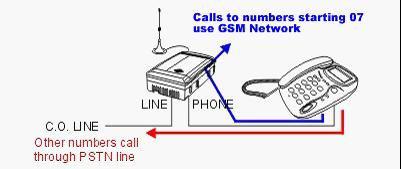 Users can program the numbers they need to dial through GSM. GSM Gateway will choose the proper path (GSM or PSTN) to make the phone call – This is ideal when calling work colleagues and can be used for further cost savings when calling mobile phones on other networks depending upon the mobile phone tariff.
Users can program the numbers they need to dial through GSM. GSM Gateway will choose the proper path (GSM or PSTN) to make the phone call – This is ideal when calling work colleagues and can be used for further cost savings when calling mobile phones on other networks depending upon the mobile phone tariff.
23)ACR Dialler (Automatic Call Routing)
In addition to GSM/PSTN router, the Follow Me GSM Gateway also has all features of an ACR dialer providing users with the ability to use alternative telephone companies and calling cards for cheaper PSTN calls.
24)Answering a GSM Phone Call by Normal Telepohone.
When the handset receives a call, the normal telephone will ring. User can then pick up the handset
and answer the call.
25)Use GSM as a PSTN Line.
Under some conditions, the PSTN line is not available. Users can still use a normal telephone or PBX through the GSM network.
26)Call Diverter (follow me)
When users are out of home or office, they can set the number where they are. If anybody calls them from the
landline PSTN number, the unit will forward this call to the number through the mobile phone. It also works in
opposite direction.
27)Transit between PSTN and GSM Network
Users can call into the Follow Me GSM Gateway device to the landline PSTN number, and then dial out from the GSM,or in opposite direction enabling mobile users to call into the GSM Gateway and make a call over the landline (ideal when making international calls).
1) Air interface standard: GSM, 3G UMTS WCDMA, 4G LTE FDD TDD (optional)
2) Frequency ranges:
A) GSM 850 GSM 1900:
I) Transmission: 869.2 ~ 893.8MHz I) Transmission: 1, 930 ~ 1, 990MHz
Ii) Reception: 824.2 ~ 848.2MHz Ii) Reception: 1, 850 ~ 1, 910MHz
B) GSM 900: GSM 1800:
I) Transmission: 890 ~ 915MHz I) Transmission: 1, 710 ~ 1, 785MHz
Ii) Reception: 935 ~ 960MHz Ii) Reception: 1, 805 ~ 1, 880MHz
- C)UMTS 850 UMTS 900
- I) Transmission:824 ~ 849MHz I) Transmission: 880~ 915MHz
Ii) Reception: 869 ~ 894MHz Ii) Reception: 925~ 960MHz
- D) UMTS1900 UMTS 2100
- I) Transmission: 1850~1910MHz I) Transmission: 1920~ 1980MHz
Ii) Reception: 1930~1990MHz Ii) Reception: 2110~ 2170MHz
3) Channel space: 200kHz
4) Max power: 0.25W / 0.5W
5) Consumption:
A) Immobility: <25mAh
B) Transmission: <400mAh
6)Input: AC100 – 230V, 50 / 60Hz
7)Output: 5V 2A
8) Sensitivity: -105dB
9) AC power: DC 10V – 20V
10) Dial tone frequency: 450MHz (standard)
11)Connector of power: US,EU, UK,AU types
12)User line, bell signal: In line with GB/T15279
13) Switching type / transforming type AC adapter (optional)
14) Antenna amplifying: 3.5dB (omni-direction), 12dB (certain direction/chosen direction)
15)Connection mode: RJ-11 phone socket
16)Antenna connection: SMA antenna connection
Your Content Goes Here

